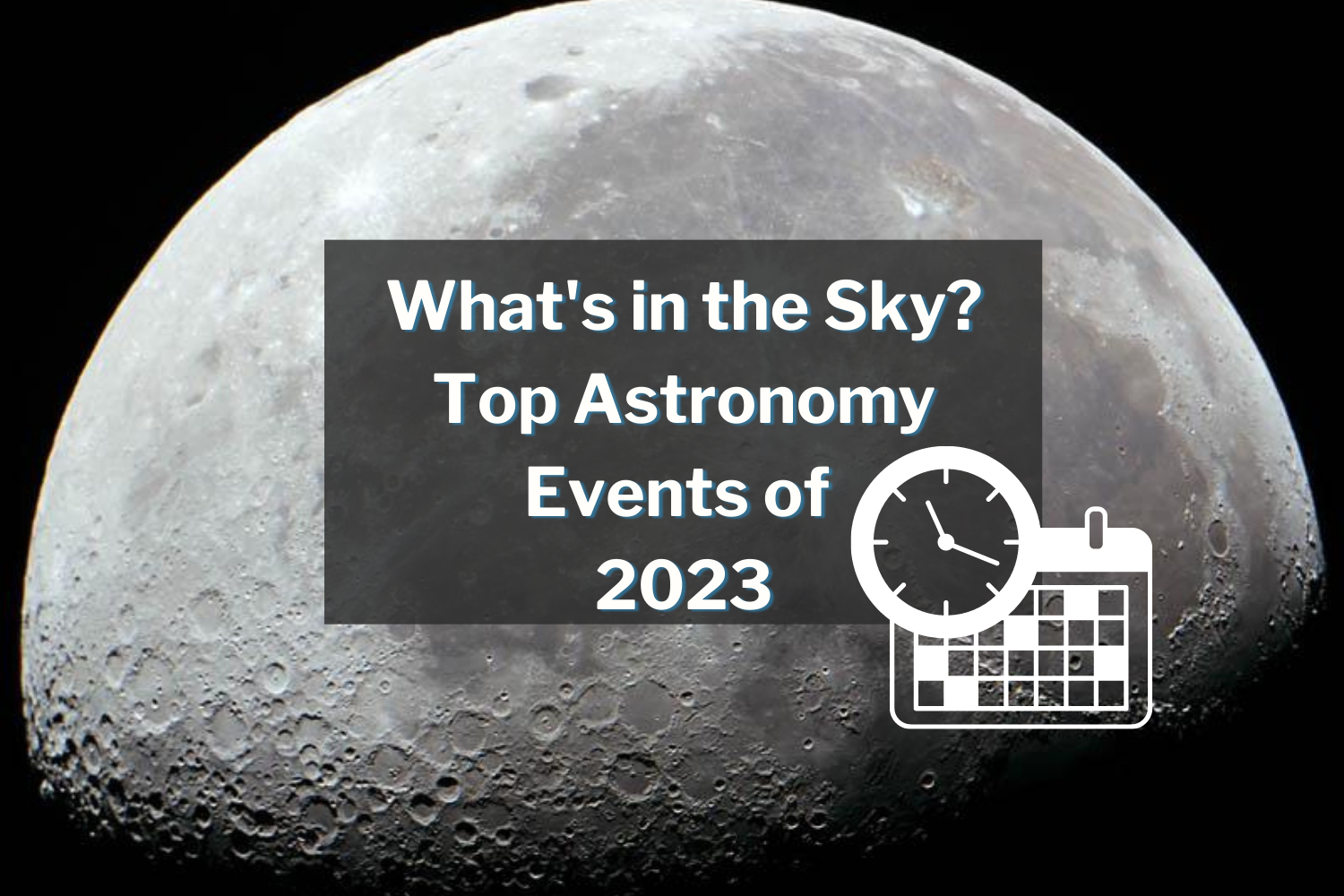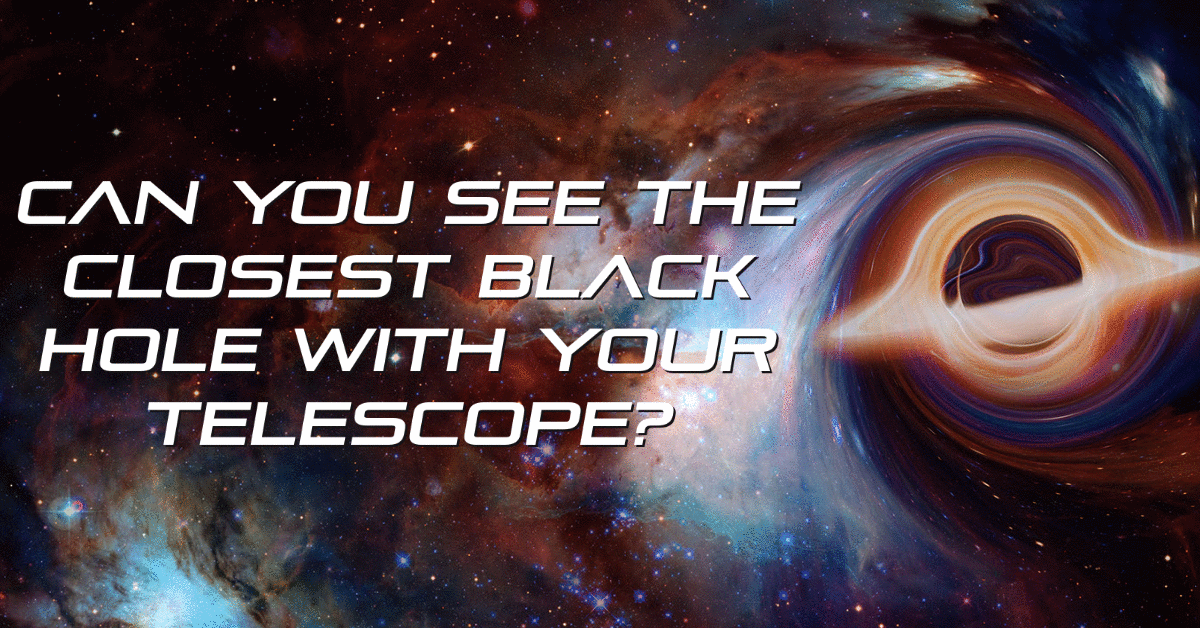What's in the Sky? Top Astronomy Events of April 2022
Many of these events can be viewed by the naked eye, but if you are interested in enhancing your viewing experience, or would like to see these events in more detail, check out our vast selection oftelescopes,spotting scopes, andbinoculars!
An overview of the main events of the month of April 2022

4/1 – New Moon
Starting the month with optimal viewing and imaging conditions, the first night of the month is the night of a New Moon. Take advantage of this dark night sky and view without any lunar interference!
4/4 and 4/5 – Earthshine night
On the 4th and 5th nights of the month are what is known as an Earthshine night. Earthshine is a dull glow which lights up the unlit part of the Moon. This is caused by the Sun’s reflection off the Earth’s surface that reflects back onto the Moon. Earthshine is best seen on the days before and after a New Moon, right around sunset or just before sunrise. Earthshine is most intense in the months of both April and May.
4/16 – Full Moon
April’s full Moon, also referred to as the Pink Moon is named after specific pink flowers, called phlox, that bloom in spring. Other names for this Full Moon are: Sprouting Grass Moon, Fish Moon, Hare Moon, Egg Moon, and Paschal Moon.
The Paschal Moon is the first Full Moon to follow March 21st. It is the Moon used to determine the date of Easter.
4/22,23 – Lyrids Meteor Shower
The Lyrids shower is one of the oldest recorded meteor showers. It was first noted to have been seen in ancient Chinese texts over 2,500 years ago! The Lyrid Meteor Shower is usually active between 4/16 and 4/25 every year. The peak typically lands on the 22nd or 23rd night of the month. On average, the Lyrid meteor shower has around 18-20 meteors per hour at its peak. These meteors occasionally produce bright dust trails that can last several seconds. The peak of this shower lands on the night of a waning gibbous moon, so there will be slight lunar interference, but there is still potential for a good show. This event will be best viewed from a dark location after midnight centering around constellation Lyra.
4/26 and 4/27 – Earthshine nights
The second set of Earthshine nights are on the 26th and 27th lights of the month. Right before the next New Moon. This is where the unlit part of the moon becomes visible. Earthshine nights are also sometimes referred to as the Da Vinci glow.
4/29 – Mercury at greatest eastern elongation
Mercury is the closest planet to the sun. Due to its close proximity to the Sun, Mercury can be a challenge to observe, the best time to view this planet is near the time of its greatest elongation. April 29th is the date where Mercury will be at its greatest Eastern elongation, meaning that is will appear to be at its furthest eastern distance from the Sun in the evening sky as seen from Earth. Be sure to never point your telescope or binoculars directly at sun as it can cause irreversible damage to your eyes. Do not try to observe mercury while any part of the Sun is above the horizon.Interested in imaging this event? Learn more about planetary imaging here, and check out our collection of dedicated solar and planetary astrophotography cameras!
4/30 – New Moon and Partial Solar Eclipse
On the last night of the month, the Moon will be located on the same side of the Earth as the Sun and will not be visible in the night sky. This will be the best time of the month to observe fainter objects like galaxies and star clusters due to the lack of lunar interference.
On this same night, a partial solar eclipse will take place. A partial solar eclipse occurs when the Moon covers only a portion of the Sun, rather than covering the entire surface. It can only safely be observed with a special solar filter or dedicated eclipse glasses. You can view it by looking at the Sun’s projection. Interested in imaging this eclipse? Check out our collection of dedicated solar astrophotography cameras! This event can be seen throughout most of South America and the southeast Pacific Ocean.

That sums up the top astronomy events of April 2022! What did we miss? Which event are you looking forward to the most? Is there anything you would like to add? Let us know in the comments below orContact Us to speak with an expert.
We releasemonthly updates going over the top astronomy events of that month. Want to be notified when each list is released? Sign up for our newsletter below!

Check us out on social:











